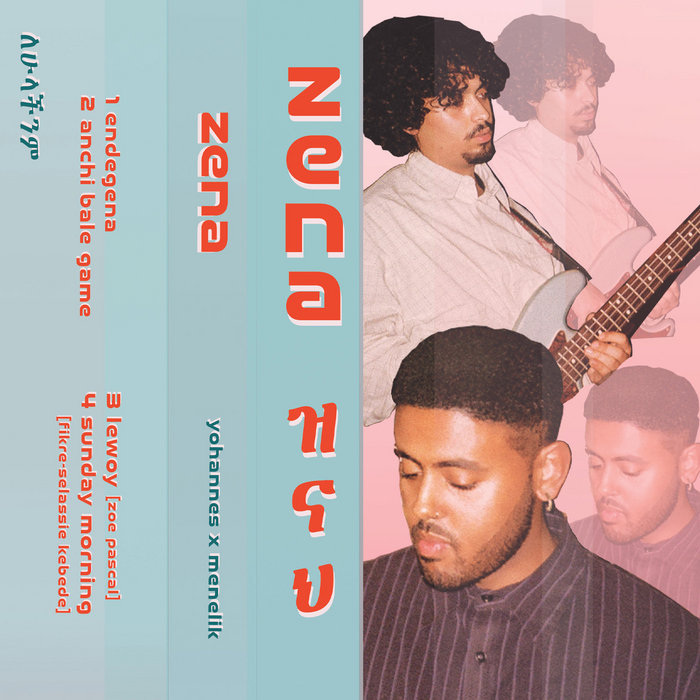
ANCHI BALE GAMÉ – ZENA
this blog is GROOVY – check out great Soul, Funk, Jazz, Hip Hop, Bass, Breaks , Reggae, House n many more TUNES
Ethiopian jazz is a musical phenomenon that blends traditional Ethiopian sounds with the improvisational flair of jazz, creating a unique soundscape that’s as rich and diverse as Ethiopia itself. This groovy genre emerged in the 1960s, giving birth to some of the most iconic musicians who would go on to shape its vibrant sound.
The roots of Ethiopian jazz can be traced back to Addis Ababa in the 1960s, fueled by a cultural renaissance following World War II. Musicians started experimenting with Western instruments—like saxophones, pianos, and trumpets—while maintaining their traditional scales and rhythms. They blended these elements into what would become known as Ethio-jazz.
Funny Fact: One popular saying among musicians was that saxophonists could play for hours without ever hitting the same note twice! It became almost like a badge of honor—a quirky competition among players!
One name stands out above all others in this genre: Mulatu Astatke. Often referred to as the father of Ethiopian jazz, he studied music at Berklee College of Music in Boston before returning home to revolutionize his country’s musical landscape. His tracks are characterized by lush melodies infused with pentatonic scales typical in Ethiopian music but layered beneath jazzy undertones.
Astatke collaborated with other legendary figures like Getatchew Mekurya—a master saxophonist whose deep voice brought an earthy quality to performances—and Hailu Mergia, who added funky keyboard riffs that made audiences get up and groove.
Ethiopian jazz wasn’t just localized; it absorbed influences from various sources. You could hear traces of funk grooves reminiscent of James Brown or Latin rhythms echoing through some tracks. What set it apart was how musicians continued integrating their heritage while also exploring global sounds.
The golden era unfolded during Emperor Haile Selassie’s reign when bars and clubs blossomed across Addis Ababa where eager ears soaked up fresh tunes every night. It’s said that you’d walk down a street lined with venues blasting catchy horn lines so captivating you’d want to dance right outside!
However, this flourishing creativity faced challenges when political unrest hit Ethiopia in 1974—the emperor was overthrown leading many artists into exile or forcing them underground.
Fast forward several decades later; patrons worldwide began rediscovering these treasured gems from Ethiopia thanks mainly due digital media allowing past masterpieces finally heard again! Labels like Awesome Tapes From Africa helped bolster interest further bringing older tunes new life alongside rising contemporary acts blending hip-hop beats fused beautifully within traditional structures inspired by those early pioneers such as Mulatu himself preaching unity through rhythm.
With more young artists stepping onto scenes channeling classics while expressing individuality embracing identity alongside modern inspirations too; slowly evolving it yet keeping true essence alive has nurtured ongoing excitement surrounding genre today still thriving proudly amidst world-renowned festivals showcasing rhythmic wonderment connecting cultures everywhere making fans dance till they drop.
So there you have it—the tantalizing tale behind Ethiopian jazz! Born from tradition yet unbound by convention; stretched across continents encouraging creativity wherever listeners roam reminding us great things sometimes happen organically when people gather share joy laughter weaving tales each note played together allowing beautify stories express pride lineage culture kept shining bright throughout span years passed gloriously onward onto future generations carry torch illuminating paths ahead ensuring legacy continues forever grooving way only we know best—each unique beat telling something special worth celebrating daily being reminded love universal language speaks loudest anyone willing listen closely even if slightly off-key now then!

ANCHI BALE GAMÉ – ZENA
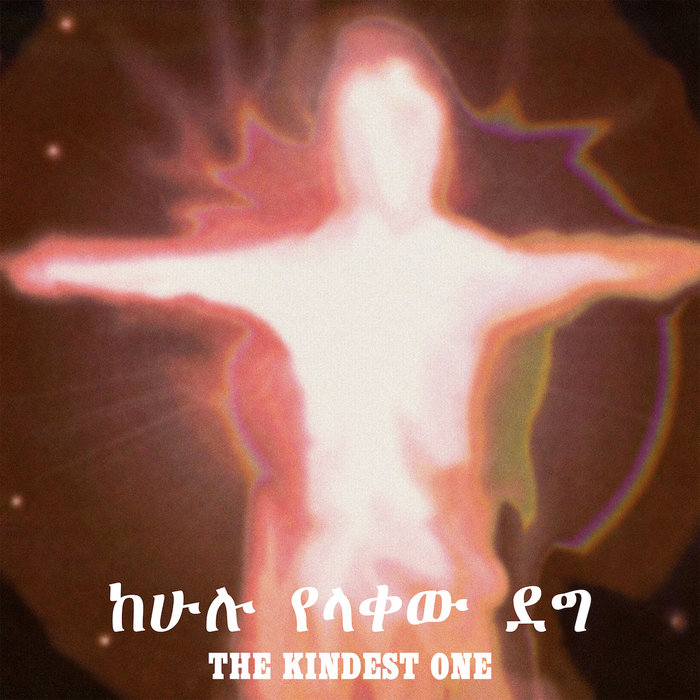
Spring Water (የምንጭ ውሃ) – Jorga Mesfin
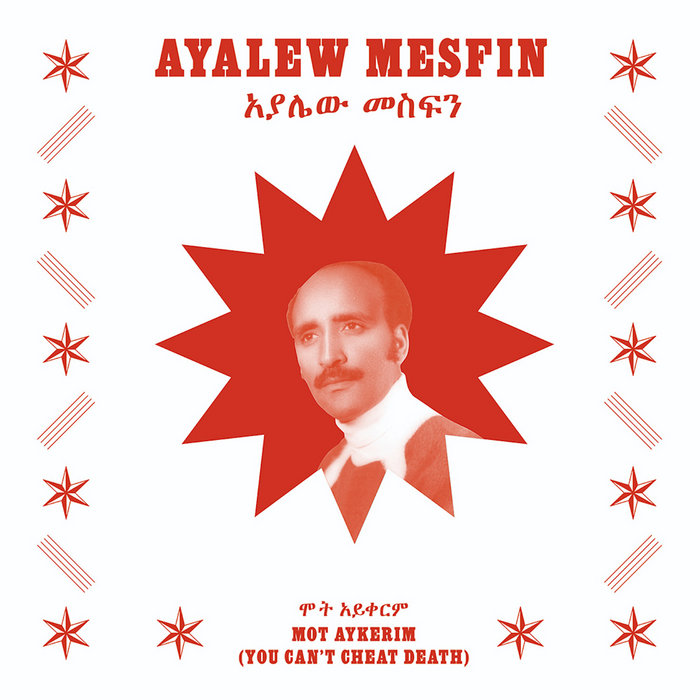
Weyolachew (I'm Warning You) – Ayalew Mesfin
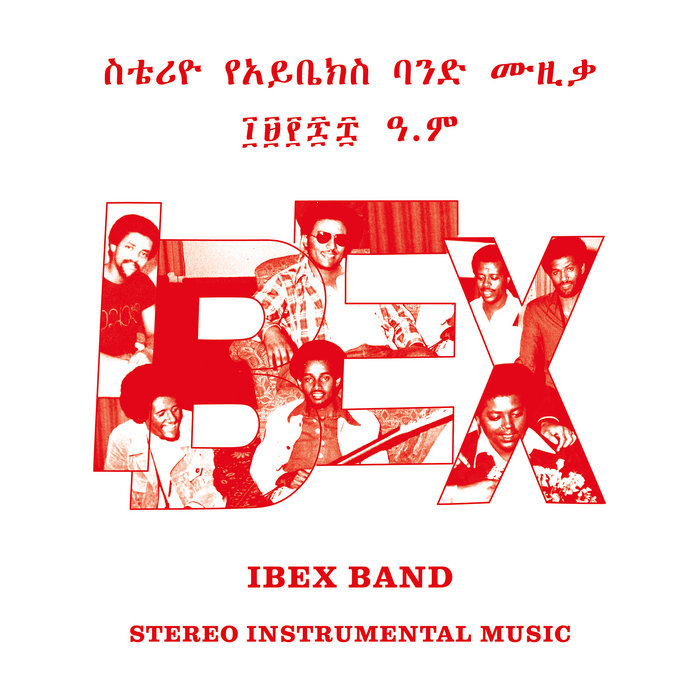
Yezemed Yebada (የዘመድ የባዳ) – Ibex Band
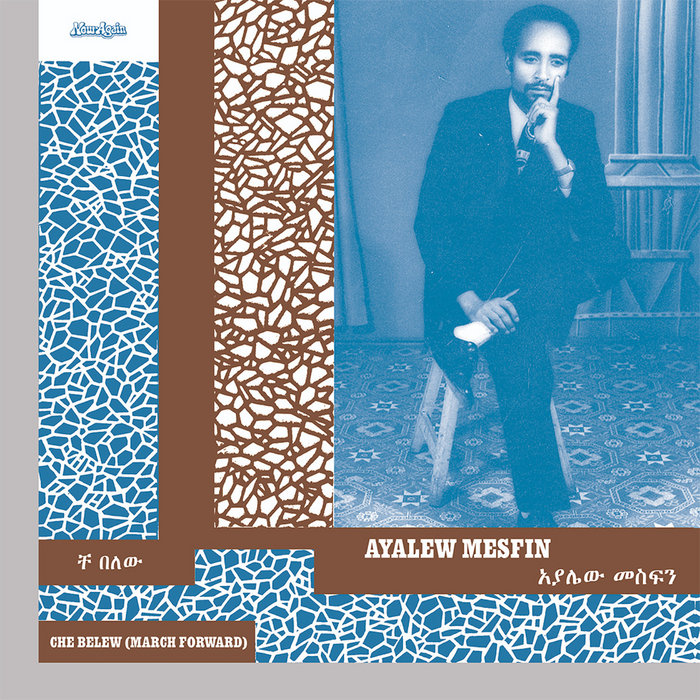
Libe Menta Hone (My Divided Heart) – Ayalew Mesfin